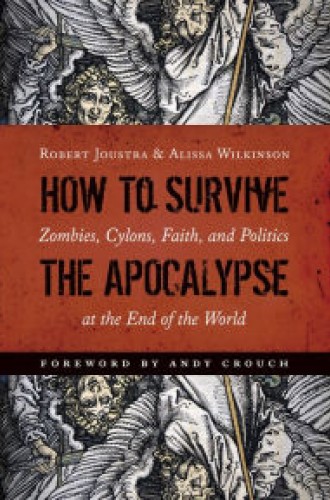How does it end?
As we found our seats and the lights dimmed, my seven-year-old and I watched the world end five times. Not in a strictly final way—two such endings were part of sequels, and one seemed to bid fair to kick off a new series. We endured this gauntlet of heavy-looming spacecraft and cataclysmic mutant gods in order to see the new Star Wars film, which featured the destruction of five more planets (all accomplished in one mercifully brief go).
I was tempted to shield my son’s eyes and my own, less from the trauma of the images than from the curious implications of dwelling so repetitively and at such grandly budgeted length on one story after another of The End.
Why is it so profitable to make these apocalyptic entertainments? Art has long been a way for a society to imagine its own end. The visions may be hopeful or despairing, admonitory or fatalistic. They may be apotropaic talismans, warding off our anxieties by letting us experience them in a limited form (“Today we are canceling the apocalypse,” a character in Pacific Rim says). Or they may be cold anticipations, like Stanley Kubrick’s brutally satirical Dr. Strangelove, in which the world ends to the soundtrack of “We’ll Meet Again.” But the sheer width and breadth of apocalyptic themes and images in popular culture is, if not unprecedented, at least startling. We seem to be telling ourselves something, if under obscure signs.





